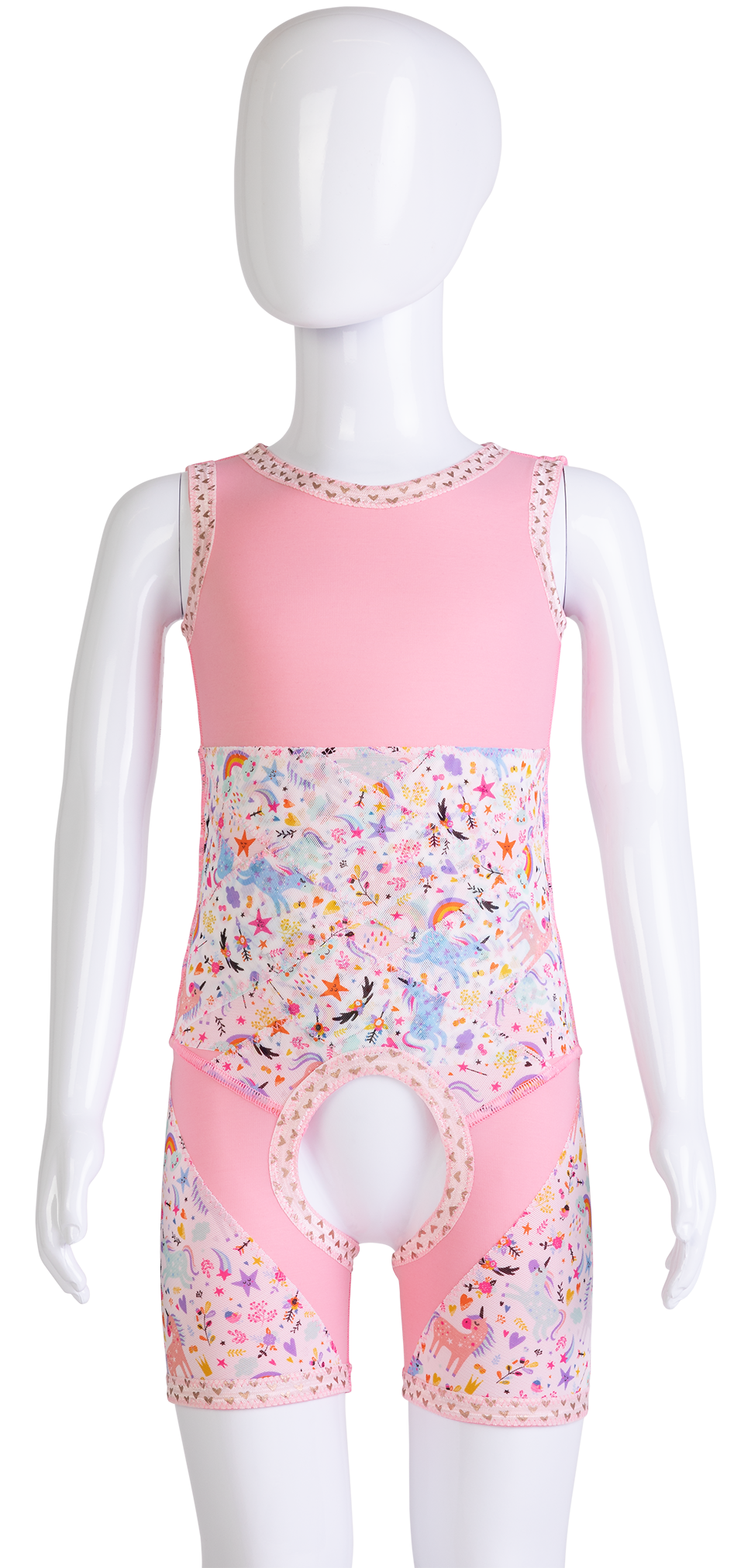Hypotonia and hypertonia are both conditions that have an effect on muslce tone but in opposite ways. This edition of our blog looks at the two conditions and explains how wearing dynamic compression garments from the Jobskin® SDO® (Sensory Dynamic Orthosis) collection may help to manage the condition.
 When a word has the 'hypo-' prefix, it indicates that the suffix (in this case '-tonia', simply meaning tone) is lessened or decreased. Hypotonia, therefore, means decreased muscle tone. People with hypotonia have excessively flexible muscles which are floppy and limp. Though most commonly diagnosed in babies and young children, hypotonia can also develop in adults.
When a word has the 'hypo-' prefix, it indicates that the suffix (in this case '-tonia', simply meaning tone) is lessened or decreased. Hypotonia, therefore, means decreased muscle tone. People with hypotonia have excessively flexible muscles which are floppy and limp. Though most commonly diagnosed in babies and young children, hypotonia can also develop in adults.
 Hypotonia is generally categorised as one of two types. Central hypotonia often results from a neurological condition that affects the central nervous system; cerebral palsy is a good example. It can also be caused by brain or spinal cord injuries as well as by infections such as meningitis or encephalitis. Neurological conditions that affect the peripheral nervous system can cause peripheral hypotonia: such conditions include Charcot-Marie-Tooth disease, spinal muscular atrophy and muscular dystrophy.
Hypotonia is generally categorised as one of two types. Central hypotonia often results from a neurological condition that affects the central nervous system; cerebral palsy is a good example. It can also be caused by brain or spinal cord injuries as well as by infections such as meningitis or encephalitis. Neurological conditions that affect the peripheral nervous system can cause peripheral hypotonia: such conditions include Charcot-Marie-Tooth disease, spinal muscular atrophy and muscular dystrophy.
Hypotonia can also be caused by non-neurological conditions. These include Ehlers-Danlos syndromes, Marfan syndrome, Down syndrome and Prader-Willi syndrome.
The 'hyper-' prefix is the opposite of 'hypo-', meaning an increase. People with hypertonia have excess muscle tone; the muscles are stiff and difficult to flex, affecting balance, walking and other movements. Hypertonia is also classified into two types. The first type is spastic hypertonia which results from damage or injury to the brain and/or spinal cord and causes muscles to spasm randomly and uncontrollably. It is often seen in people who have had a stroke.
Dystonic hypertonia is characterised by muscle rigidity and can cause the affected person to adopt abnormal and uncomfortable postures. It is often seen in people with Parkinson's disease.
Treating hypotonia and hypertonia involves physiotherapy and medication. The symptoms of both conditions can also be reduced by wearing SDO® dynamic compression garments which, by delivering proprioceptive and sensory feedback through skin receptors, help to normalise muscle tone.
We invite you to browse the Jobskin® website to learn more about our innovative and highly-effective collection of SDO® dynamic compression garments that can provide therapeutic value to people with hypotonia and hypertonia. If you need any further advice or information, our dedicated clinical team will be more than happy to provide it so please do not hesitate to get in touch.

